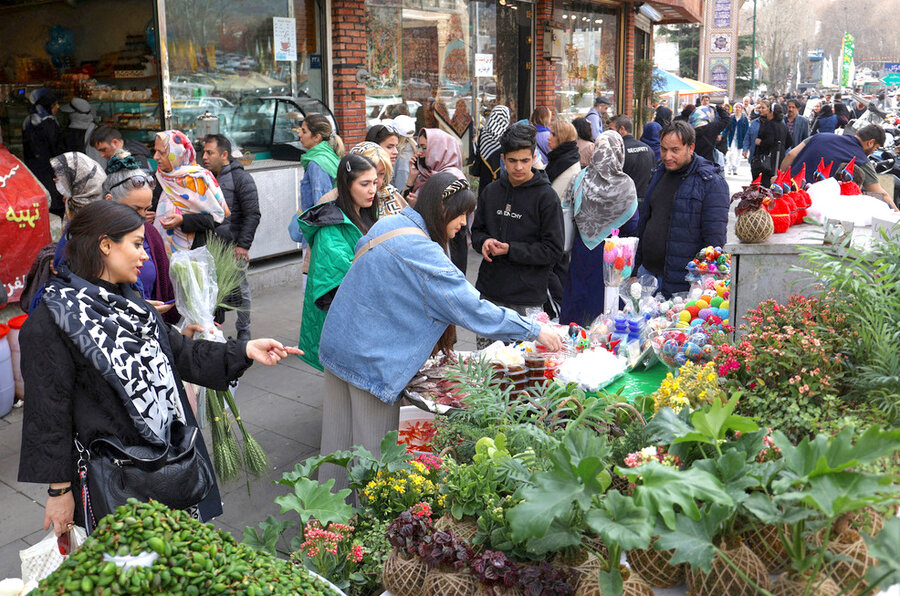The inner life of Iranians
Loading...
The main news out of Iran these days is how the Islamic regime has found new ways to force women to cover their heads. Since mass protests last year, the “morality police” have been withdrawn from the streets. Yet now street cameras catch the faces of women who defy the wearing of hijab. Universities must reject women who don’t follow the practice, while neighbors are encouraged to snitch on them. Even recent cases of girls being poisoned at their schools are widely attributed to the regime as a tactic to enforce religious conformity.
But the more significant news is how Iranians in general have changed their core beliefs, especially after this latest and harshest crackdown. A recent poll showed very few still are practicing Muslims. In cities, only a quarter of adults pray five times a day. In rural areas, only a third do. The percentage is even lower for those 20-29 years old. The numbers are about the same for men and women.
This new mental liberation has resulted in other trends that indicate an alternative search for meaning in life. Some seek an identity in Iran’s pre-Islamic culture, shown in celebrations of Cyrus the Great Day. Others celebrate Valentine’s Day (which was banned in 2010). Many celebrate Nowruz, the pre-Islamic Iranian New Year, rather than the founding of the Islamic Republic, which was in 1979.
“Despite the regime’s increased efforts to outlaw such practices [as hijab] and Islamize every aspect of Iranian culture, the number of Iranians celebrating these secular practices continues to grow each year,” states a report by the Tony Blair Institute.
More than three-quarters of Iranians who want regime change also consider religion unimportant to their lives. This leaves room for them to explore ways other than Islam to direct their lives. That could have huge implications for both the regime and the region.
“The single most liberating event for the Middle East will come when the Iranian people finally have their freedom,” says Tony Blair, a former British prime minister.
Among Iran’s ruling conservatives, the secularization trend has reportedly reopened old debates on how Iran should reconcile strict clerical rule with democracy. That internal debate erupted a decade ago during the presidency of a relative moderate, Hassan Rouhani. “Let us leave the people so they can find the way to heaven by themselves. We cannot take them to heaven with force and lashing!” he said. Today Mr. Rouhani, now out of office, has been sidelined.
Soon after Mr. Rouhani criticized strict enforcement of Islamic dress code, a prominent cleric, Ayatollah Naser Makarem Shirazi, warned: “If the hijab doesn’t exist, the Islamic regime will be destroyed.” That helps explain why the regime has only increased its enforcement of an outward expression of Muslim life. Yet it is the new inner life of Iranians that bears watching. Their quest may end up being bigger news.







